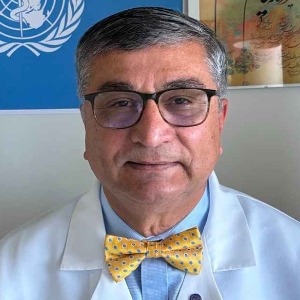10th Edition of
World Congress on Infectious Diseases & One Health
October 05-07, 2026 | Tokyo, Japan
In the realm of antimicrobials, antifungal agents stand as a specialized arsenal against fungal pathogens. Among the diverse classes of antifungal drugs, allylamines such as terbinafine disrupt fungal cell membrane synthesis by inhibiting squalene epoxidase. This class is particularly effective against dermatophyte infections like ringworm. Flucytosine, an antimetabolite, interferes with nucleic acid synthesis in fungi. It is often used in combination with other antifungal drugs for systemic mycoses. Griseofulvin, another unique agent, disrupts fungal cell division by targeting microtubules, making it effective against dermatophyte infections of the skin, hair, and nails. As with any antimicrobial, antifungal agents require careful consideration of their side effects, drug interactions, and the specific fungal species causing the infection. The continuous development of novel antifungal agents remains imperative to stay ahead in the ongoing battle against fungal infections.


By signing up, you agree to join our mailing list to receive information and updates.
Title : Molecular crosstalk between the host and pathogen in Streptococcus pyogenes virulence
Francis J Castellino, University of Notre Dame, United States
Title : The impact of expanded adolescent vaccination against Omicron waves depends on the epidemic status: A mathematical modelling study
Anna Fairweather, University of Oxford, United Kingdom
Title : Comprehensive HIV care through integrated STI and primary care services at the LGBTQ+ Center of Southern Nevada
Darya V Fridman, The Southern Nevada LGBTQ+ Center, United States
Title : Host brakes on viral inflammation
Saurabh Chattopadhyay, University of Kentucky College of Medicine, United States
Title : Meeting the needs of adults aged 50+ with HIV through the new opening of a primary care clinic at the LGBTQ Center of Southern Nevada
Darya V Fridman, The Southern Nevada LGBTQ+ Center, United States
Title : Common infections in cancer patients – narrative review and clinical pearls
Patricia Tai, University of Saskatchewan, Canada